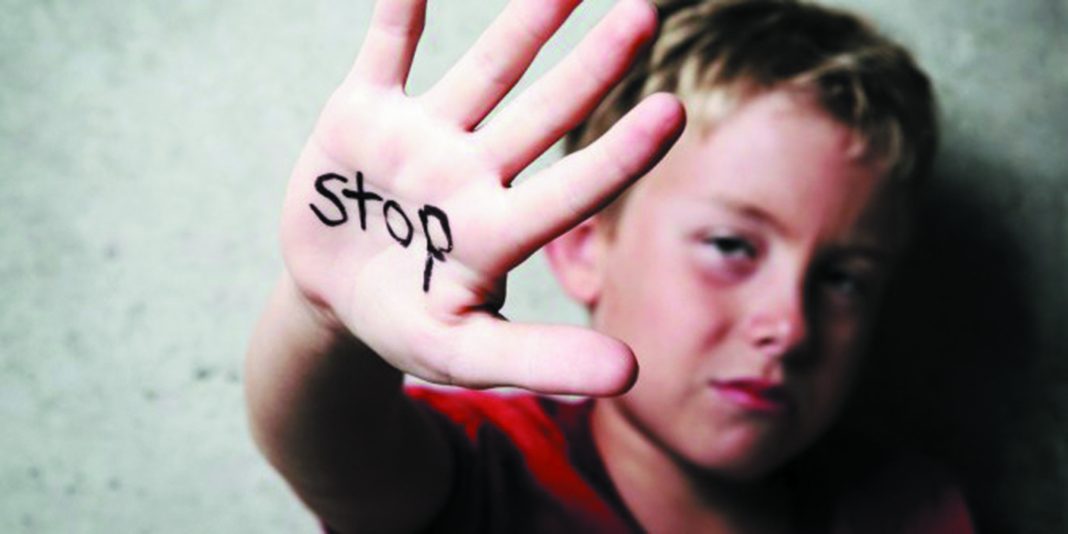The death this week of a two year old child at the hands of his mother’s partner, and the intoxication this summer of a 15 month old baby with cocaine and cannabis, have once again brought into focus the harsh reality and all too frequent problem of child abuse.
Fortunately many cases come to light thanks to paediatricians and other doctors who treat these children in their surgeries and in their hospitals. Indeed, according to data provided by the Conselleria de Sanidad, in the last year health personnel in the province have alerted the authorities on 370 occasions where they have been suspicious of the mistreatment of children in their homes.
Unfortunately, the figures are increasing. In 2016 there were 233 notifications and in 2015, 198. The increase in two years is 87%.
But these figures are only the tip of the iceberg of a problem that all too often stays in the privacy of the home. “Child maltreatment remains a hidden reality,” the vice president of the Consell, Monica Oltra , said in Alicante this week, adding that in this are “the real number of children who suffer abuse in their homes remains unknown.”
The Ministry of Education say that they have not been able to determine how many cases are notified by teachers, since, they are not broken down into statistics. Similarly, in the Department of Equality they are not aware of how many children have been taken away from their parents because of their abuse.
A 2017 report on ill-treatment says that girls suffer more than boys with the most frequent profile being girls under 5 years of age. Most of incidents occur in towns and cities and half of the victims come from families that are not at social risk. “Abuse does not have to go hand in hand with poverty. An abuser can be a Company director,” says paediatrician Antonio Redondo. “However, many of these cases also occur in broken families” he says adding “that parents who have suffered abuse as children are likely to be abusers themselves.”
In his decades of work treating children, Redondo has come across many serious cases of violence, some of them resulting in death. He says that it is not always easy to detect an alleged abuse . “It is very difficult to obtain corroborated evidence that demonstrate such situations and sometimes it is seen more because of the behaviour of the child”. An addiction to a mobile phone, truant from school, a change in school performance … These are clues that sometimes lead professionals to suspect that something untoward is happening at home.
One other form of abuse is negligence in the care of a child, something about which paediatricians are also very much aware. “We look at whether they go to scheduled appointments, if they have all their vaccinations in place, if they frequently change their doctor … These are all indications that can lead us to think that there is neglect in the care of the child,” says Isabel Rubio, president of the province of the Spanish Association of Pediatrics.
When health personnel are confronted with a very obvious case of ill-treatment, a child who arrives with bruises or broken bones, it is immediately communicated to the Public Prosecutor’s Office and to the police, “and the guardianship is automatically withdrawn from parents to safeguard the child.”
When it comes to a suspicion or mistreatment which is due to negligence in the care of the child, the health staff contacts the social worker of the health centre, “who in turn transfers the situation to social services so that they can contact the family, work with them, and follow up on the case.





